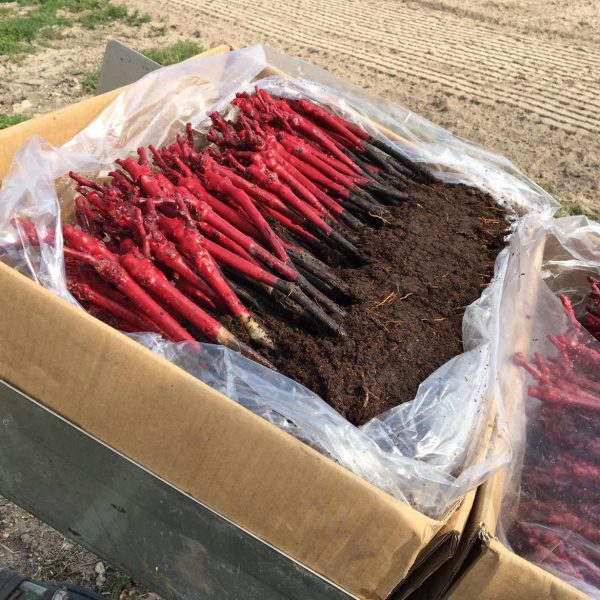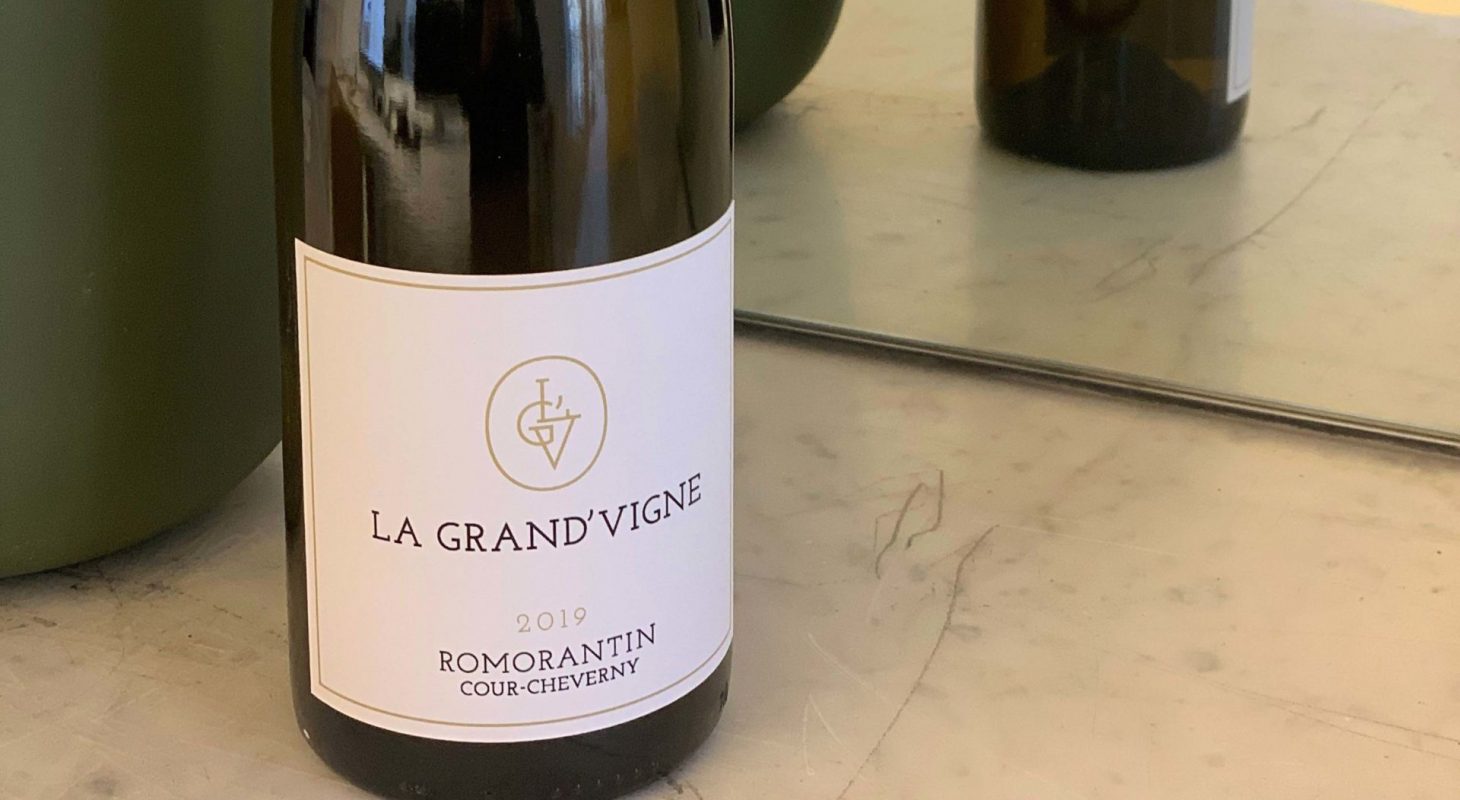
Early this morning, our winemaking team was busy plant the first 3 hectares of our vineyard.
We have been waiting for this moment for almost three years. Three years during which several periods followed one another to ensure that the implementation of our plot runs smoothly. A first analysis period gave us a better understanding of our soil and its properties. It was then necessary to prepare the plotThe aim of the project was to develop and improve the condition of the site so that the young plants could take root in the long term. Finally, came a rest time to allow the land to be restructured in such a way as to accommodate the future vines and ensure their well-being.
But what do you plant? Romo of course!
For the record, the Romorantin is the endemic variety of the Loire Valley. Imported from Burgundy in 1519 by François 1. By royal decision, 80,000 vines were planted in the vicinity of the Château de Romorantin (about 30 km from here). This unique grape variety has finally found its land around our village to develop its exclusive notes and authentic character.
Its main feature is that it works in conjunction with the Cour-Cheverny. No other grape variety can be used to produce a Cour-Cheverny and Romorantin cannot be used in any other appellation.
It was important for us to revive a winegrowing activity formerly present at the Château du Breuil, and whose former cellars now house our Auberge. And to do this, we are happy to be surrounded by two expert winemakers of the Cour-Cheverny appellation, Philippe Tessier and his son Simon. Both share an honest, sincere and artisanal vision of viticulture that speaks to us and fits with our eco-responsible values. We work together an organic wine, La Grand'Vigne, which you can find at our table and in the hotel shop.
